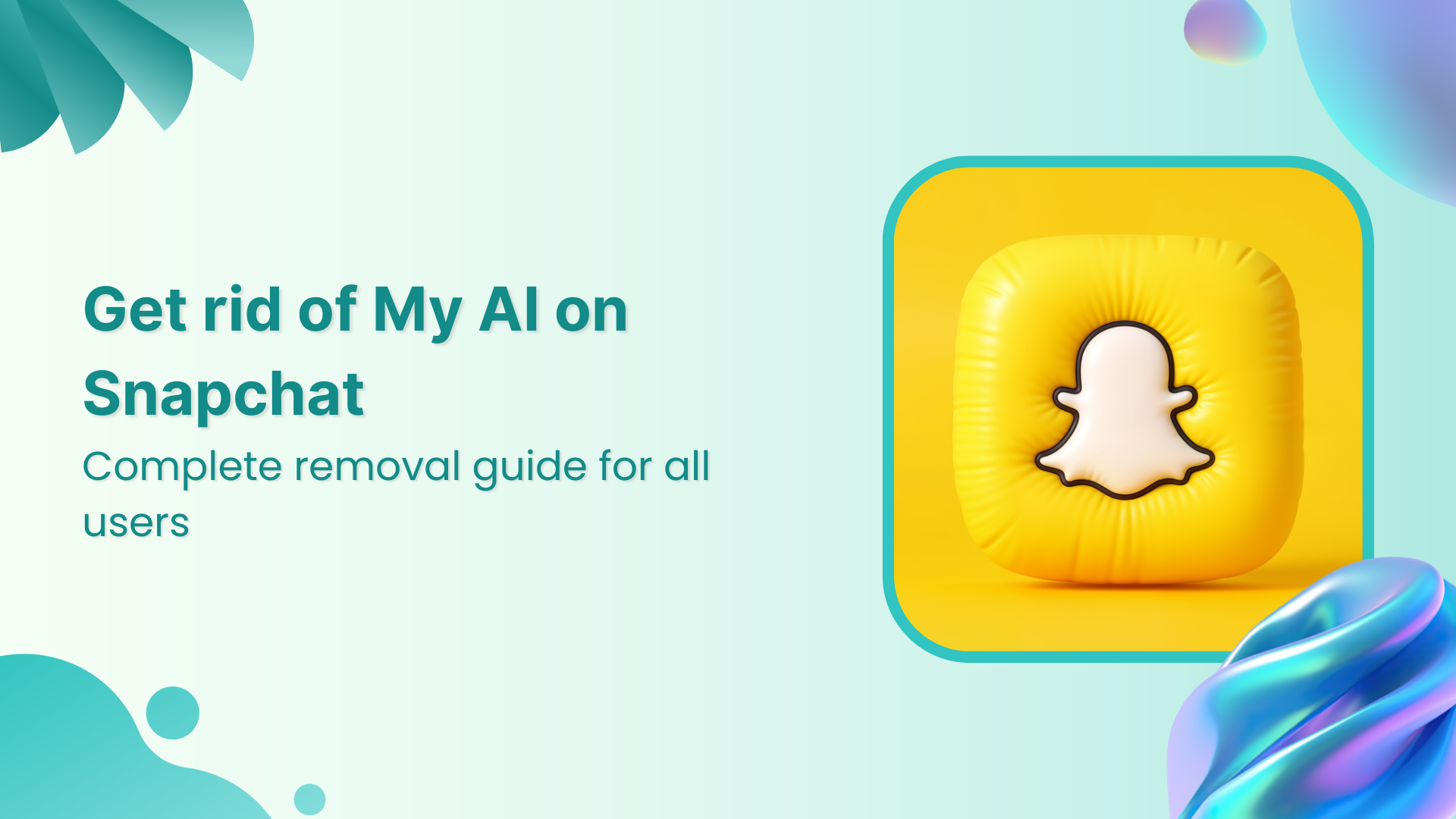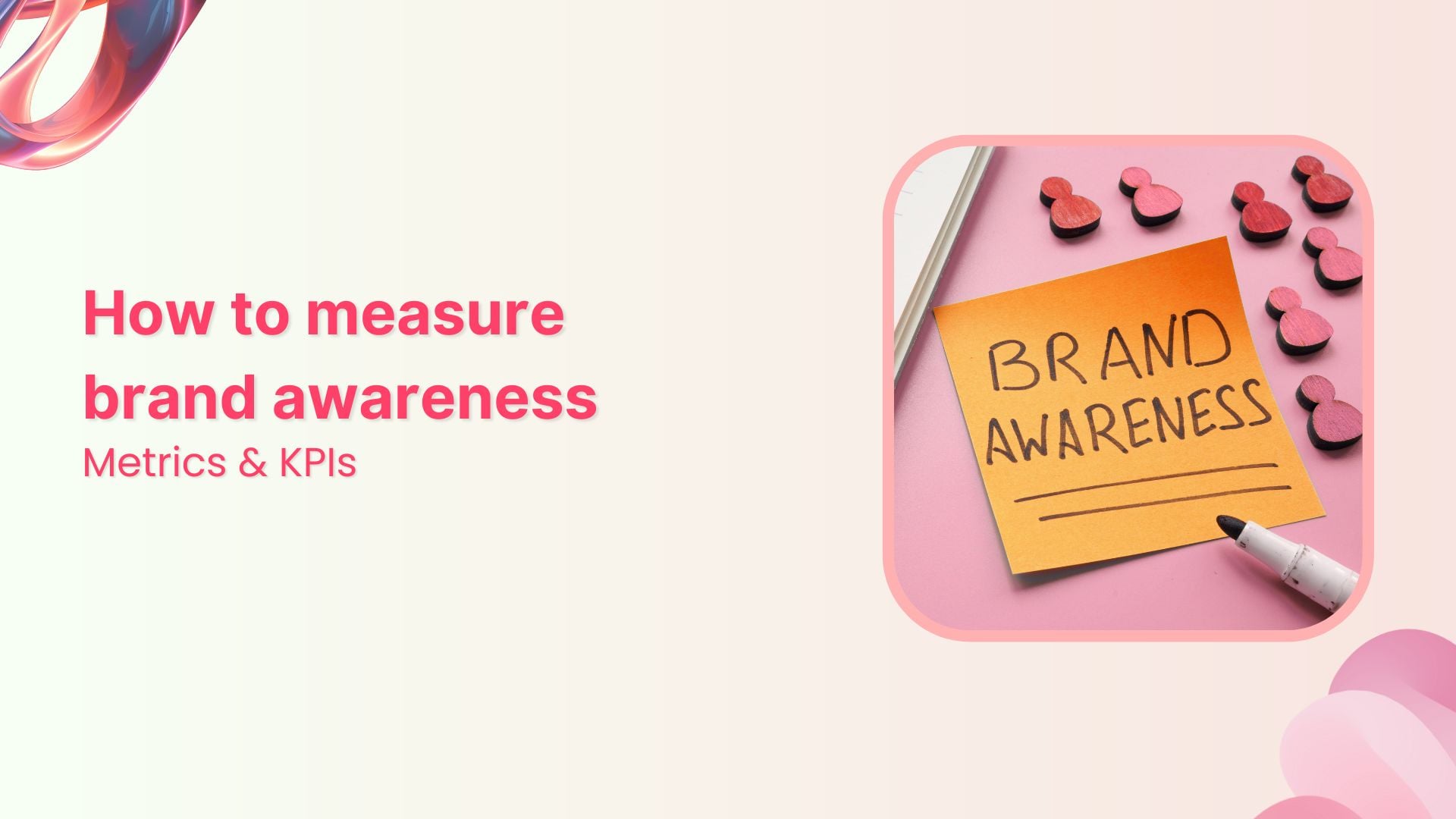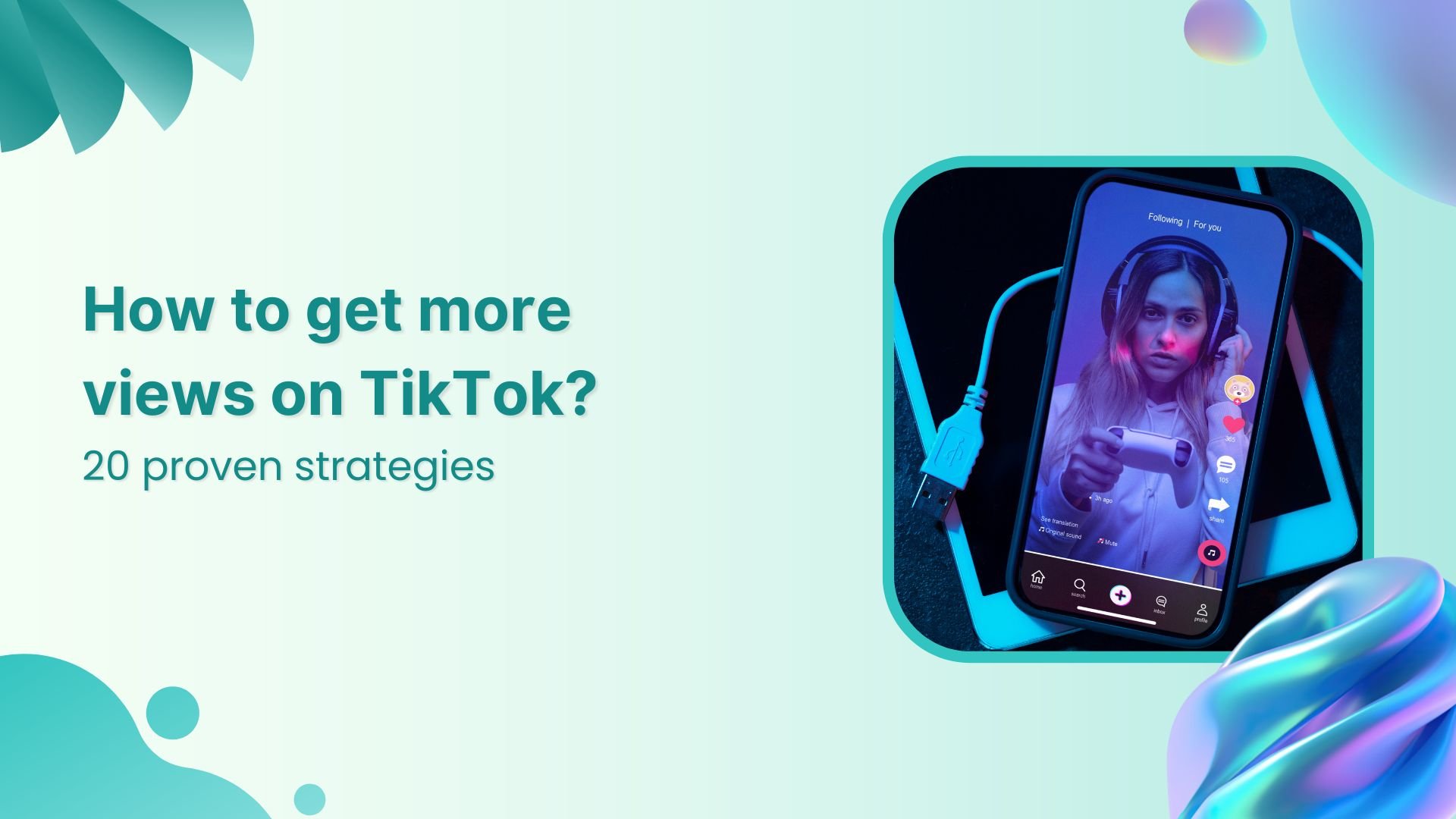Bulk-generate & schedule posts in seconds with Smart Scheduling. Try now!
Doomscrolling

What is doomscrolling?
Doomscrolling, also known as doomsurfing, refers to the tendency to continuously scroll through negative news or distressing content on social media platforms and news websites, despite the adverse psychological effects. This behavior became particularly prevalent during global crises, such as the COVID-19 pandemic, when people felt compelled to stay informed but often found themselves trapped in cycles of consuming anxiety-inducing content.
As social media continues to evolve, understanding and managing doomscrolling has become increasingly important for maintaining digital well-being and developing a healthy social media strategy.
The psychology behind doomscrolling
The negativity bias
Humans have an inherent tendency to focus more on negative information than positive news, a phenomenon known as negativity bias. This evolutionary trait, which helped our ancestors stay alert to potential threats, now manifests in our digital behavior through doomscrolling.
The role of social media algorithms
Social media algorithms often amplify engaging content, which frequently includes negative or controversial topics. When users engage with such content, the algorithms serve more similar content, creating a self-reinforcing cycle that can lead to extended doomscrolling sessions.
Effects of doomscrolling
Mental health impact
Excessive doomscrolling can lead to:
- Increased anxiety and stress levels
- Depression symptoms
- Sleep disturbances
- Reduced productivity
- Emotional exhaustion and social media burnout
Physical health consequences
The physical effects of prolonged doomscrolling include:
- Eye strain
- Poor posture
- Disrupted sleep patterns
- Reduced physical activity
- Heightened cortisol levels
Breaking the doomscrolling cycle
Setting healthy boundaries
To maintain authenticity on social media while protecting your mental health, establish clear boundaries:
- Set specific time limits for social media use
- Create designated phone-free zones
- Implement regular digital detox periods
- Use social media management tools to schedule content and limit manual scrolling
Content curation strategies
Actively curate your social media feed to reduce exposure to negative content:
- Unfollow or mute accounts that consistently share distressing content
- Follow positive news sources and uplifting content creators
- Use content pillars to maintain a balanced content diet
- Implement social media monitoring strategies to track and adjust your content consumption
Professional implications
For content creators
Content creators and social media managers should be mindful of doomscrolling when developing their social media content strategy:
- Balance negative news with positive stories
- Provide solutions and hope alongside problem identification
- Include trigger warnings when necessary
- Focus on building brand authenticity without exploiting anxiety
For businesses
Organizations need to consider doomscrolling when planning their social media management:
- Develop crisis communication plans that don't contribute to anxiety
- Create content calendars that balance serious topics with uplifting content
- Monitor social media engagement to ensure content isn't negatively impacting audience well-being
- Implement social media customer service strategies that support users during challenging times
Prevention strategies for organizations
Creating healthy social media policies
Organizations should develop comprehensive social media guidelines that address doomscrolling:
- Establish clear content moderation policies
- Provide resources for employee mental health
- Implement social media compliance measures
- Create guidelines for sharing sensitive content
Training and awareness
Invest in educating team members about doomscrolling:
- Provide training on digital wellness
- Share best practices for social media management
- Develop protocols for handling crisis communications
- Offer resources for maintaining work-life balance
Future implications
Evolution of social media
As the future of social media continues to evolve, platforms and users must adapt to address doomscrolling:
- Development of AI-powered content filtering
- Implementation of mental health monitoring features
- Creation of more sophisticated content warning systems
- Integration of digital wellness tools
Role of technology
Emerging technologies may help combat doomscrolling through:
- Smart content recommendations
- Automated break reminders
- Mood-based content filtering
- AI-powered social media management tools
Conclusion
Doomscrolling represents a significant challenge in our increasingly digital world. By understanding its psychological mechanisms and implementing appropriate strategies, individuals and organizations can work to create healthier social media habits. Through proper social media optimization and mindful content consumption, we can maintain informational awareness while protecting our mental well-being.
The key to combating doomscrolling lies in building awareness, establishing boundaries, and creating systems that promote balanced content consumption. As social media continues to evolve, maintaining this balance will become increasingly crucial for digital well-being and effective online communication.

Create, plan, schedule, and publish posts on all social media networks
Recommended for you


Powerful social media management software
14-day free trial - No credit card required.


